Few vehicles have stuck around long enough to tell a real story. The Ford F-Series has done just that—evolving from a bare-bones workhorse in the late ’40s to a full-range lineup that includes everything from daily drivers to desert-ready trucks pushing 700 horsepower. It’s not just about sales numbers, though Ford’s dominance in that department is hard to ignore. The F-Series has consistently shaped what a pickup can be.
This list looks back at ten key milestones that show how the F-Series grew with the times—stronger frames, smarter powertrains, better cabins, and always ready to get the job done.
1. 1948 Ford F-1
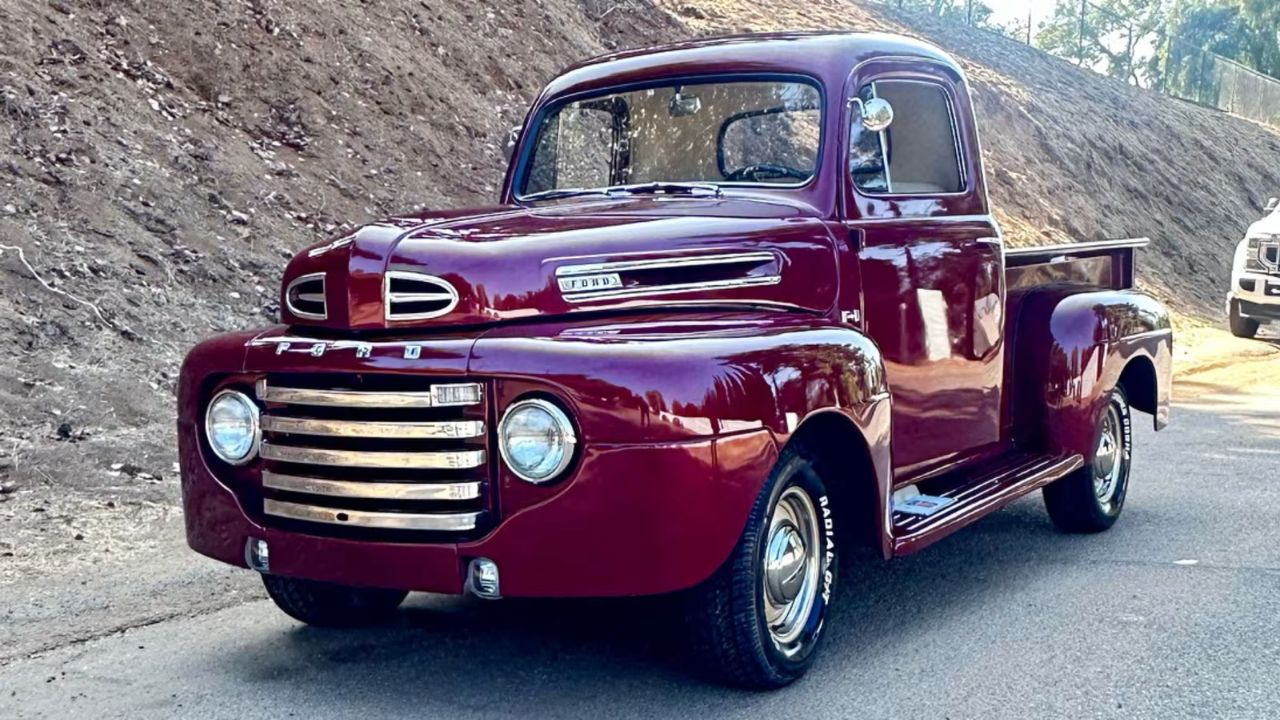
The F-Series started in 1948 with the F-1, a half-ton pickup designed for post-war America. It came with a 226-cubic-inch inline-six making 95 horsepower, paired with a three-speed manual. It was basic, but it got the job done for farmers and tradesmen alike.
The cabin was utilitarian—just a bench seat, steel dash, and minimal sound insulation. But it marked the shift from repurposed car platforms to trucks built with work in mind. It set the tone for everything that came after, even if it didn’t shout about it.
2. 1956 Ford F-100
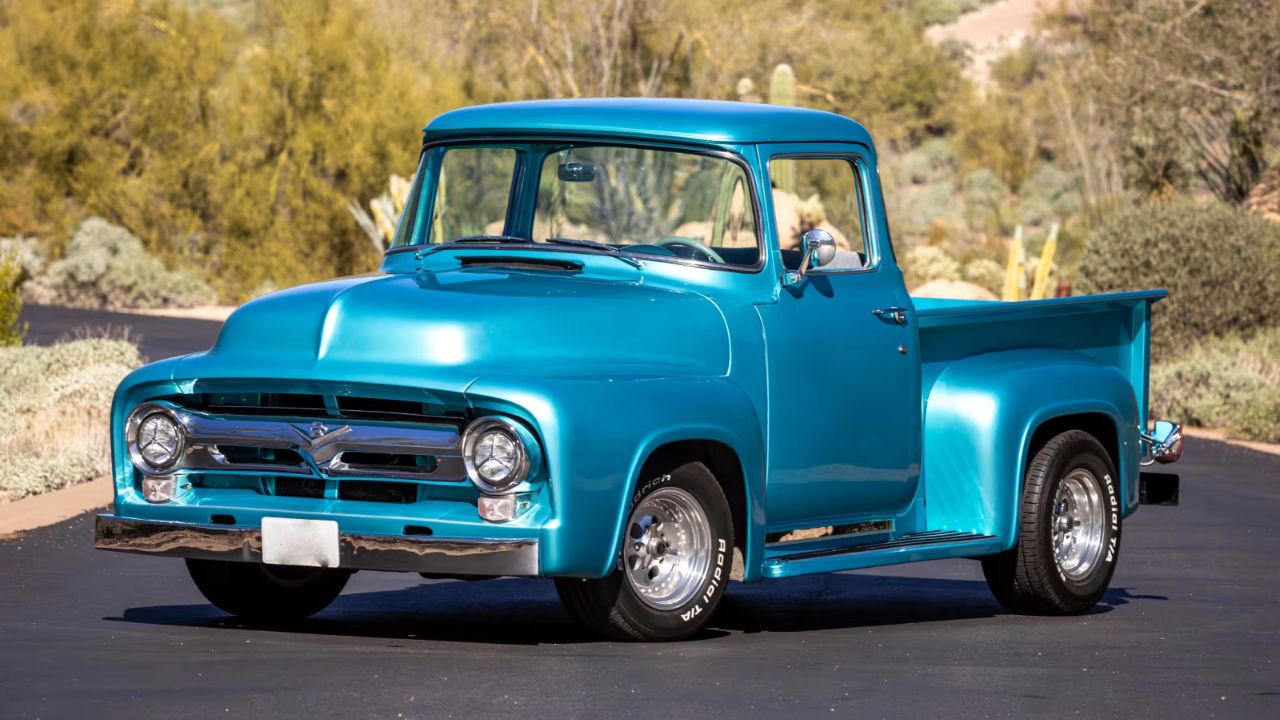
The ’56 F-100 stood out with its one-year-only wraparound windshield and vertical grille. Under the hood, you could get a Y-block V8 with up to 173 horsepower—solid performance for a work truck of the era. It also introduced Ford’s optional “Lifeguard” safety features.
Interiors stayed simple, but the updated design made it feel more modern than earlier models. By this point, the F-Series was firmly planted in the American truck market, offering both capability and style that worked well beyond the farm or job site.
3. 1967 Ford F-250 Highboy
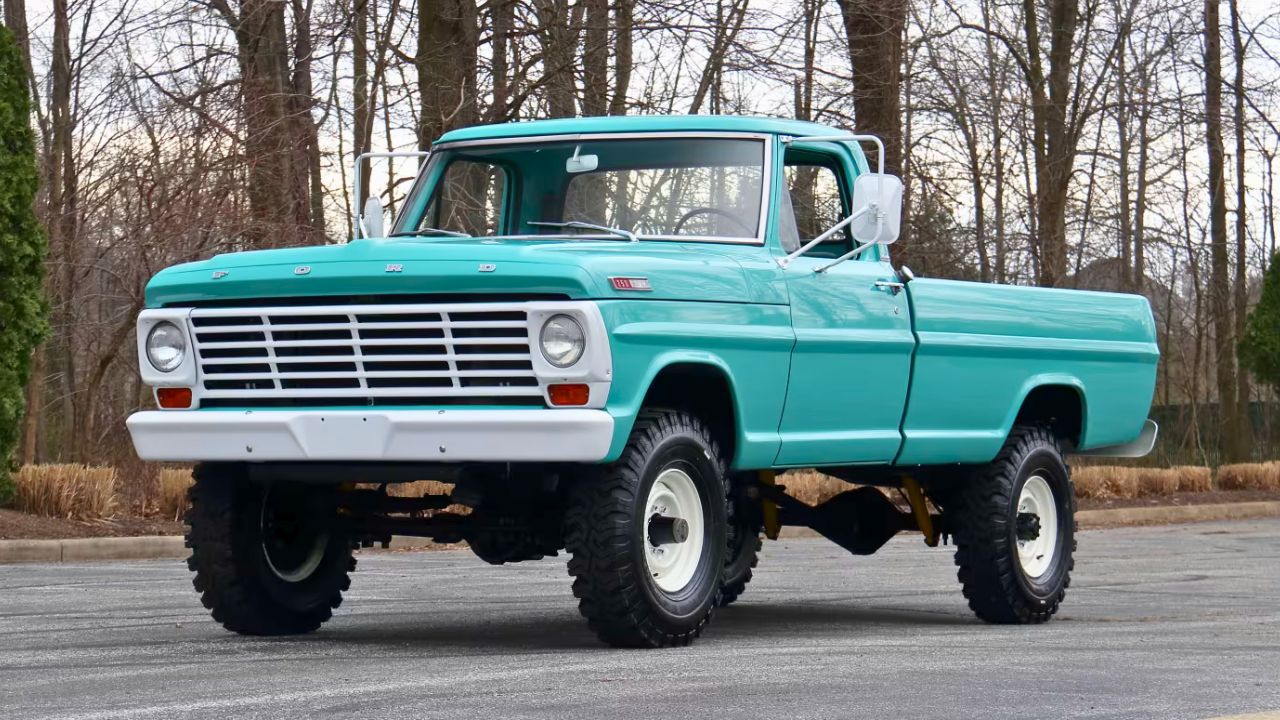
The “Highboy” F-250 was built for serious work, with a divorced transfer case and a noticeably taller ride height. Powered by either a 352 or 360 cubic-inch V8, it could tow and haul with ease. These trucks were geared low and built to last.
Inside, there wasn’t much in the way of comfort—just tough vinyl, basic controls, and an AM radio if you were lucky. But that durability is part of the reason they’re still around. The Highboy gained a reputation as a reliable platform for hauling and off-road work.
4. 1979 Ford F-150 Ranger
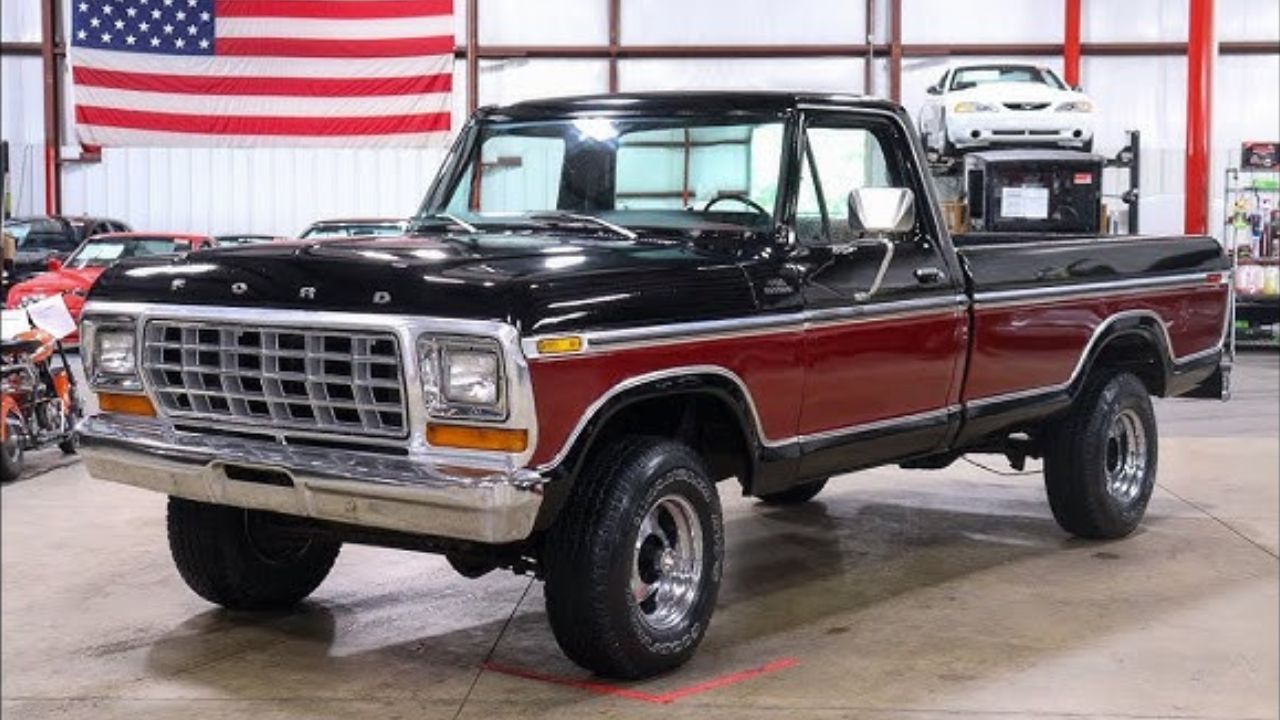
The late-‘70s F-150 Ranger models offered more comfort without giving up utility. The 1979 version came with options like a 400-cubic-inch V8, power brakes, and factory A/C—big upgrades from earlier generations. Four-wheel-drive models gained popularity during this era, too.
Cabins added more padding, plus a tilt wheel and better noise insulation. Trucks were starting to blend everyday usability with serious work capability. The F-150 became a volume seller, showing that more people were using trucks for more than just labor.
5. 1986 Ford F-150
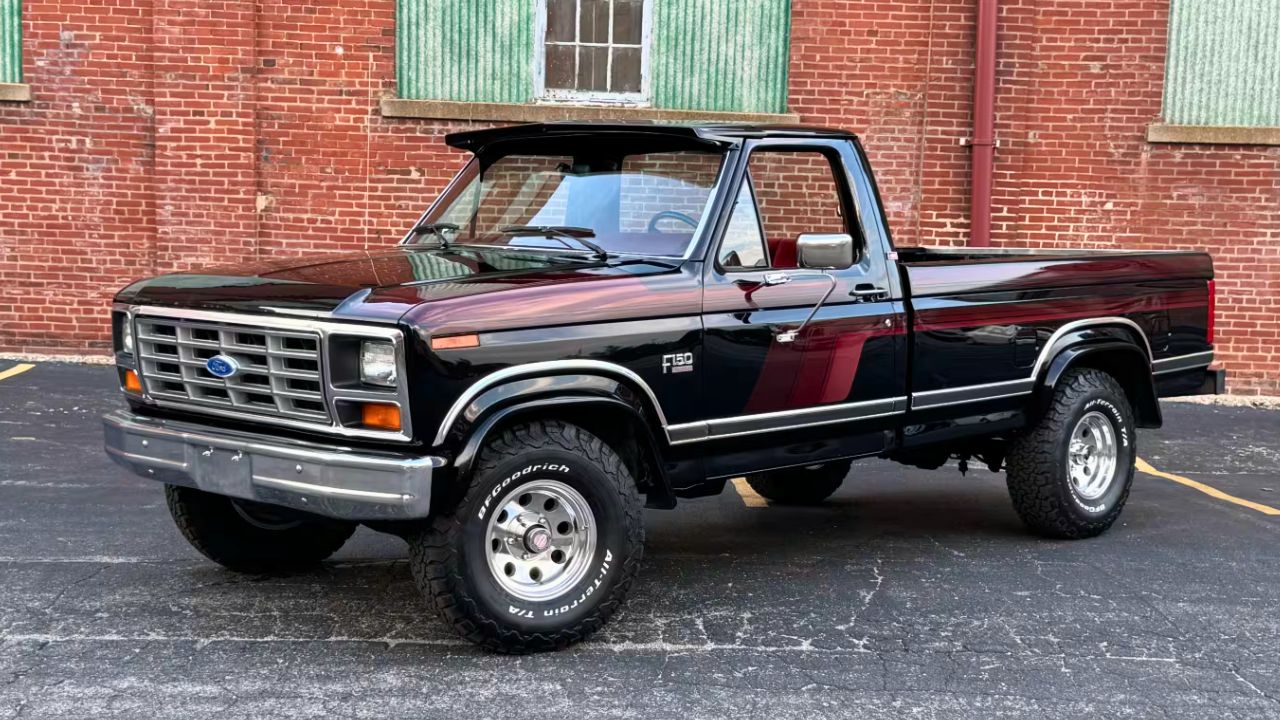
The 1986 F-150 marked the last year of the seventh generation, and it benefitted from fuel injection on its 5.0-liter V8. That meant better throttle response and improved reliability compared to older carbureted setups. It was a quiet step toward modernization.
Inside, Ford started giving drivers a more refined experience—better HVAC controls, sound-deadening, and available cruise control. The square styling remained, but the feel was evolving. It reflected a time when pickup trucks were starting to become viable daily drivers, not just weekend tools.
6. 1992 Ford F-150 XLT
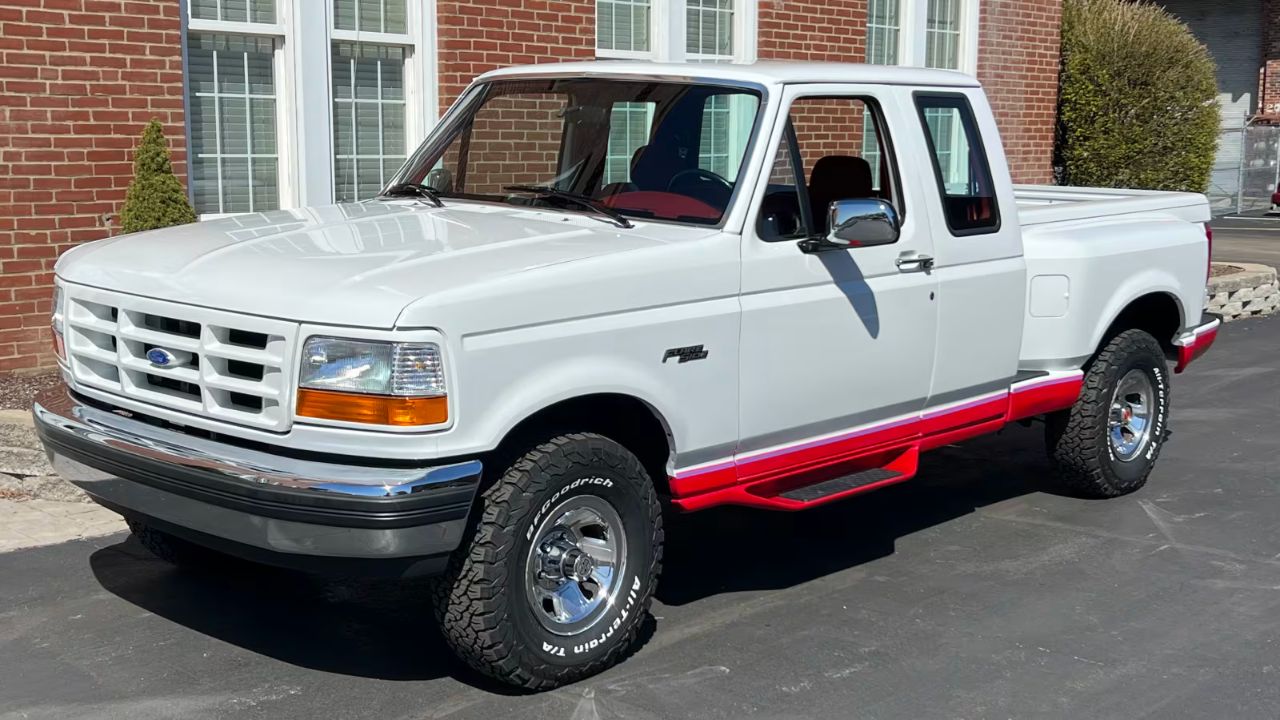
The 1992 F-150 kicked off the ninth generation with smoother body lines and updated aerodynamics. Power came from several engines, including a 5.8-liter V8 making 210 hp and 325 lb-ft of torque. It was a comfortable, capable full-size truck with real highway manners.
Inside, the XLT trim added cloth bucket seats, upgraded stereo systems, and improved dash layout. For many buyers, this was the first truck that felt at home on long drives. It bridged the gap between classic workhorse and everyday family hauler.
7. 1999 Ford F-250 Super Duty
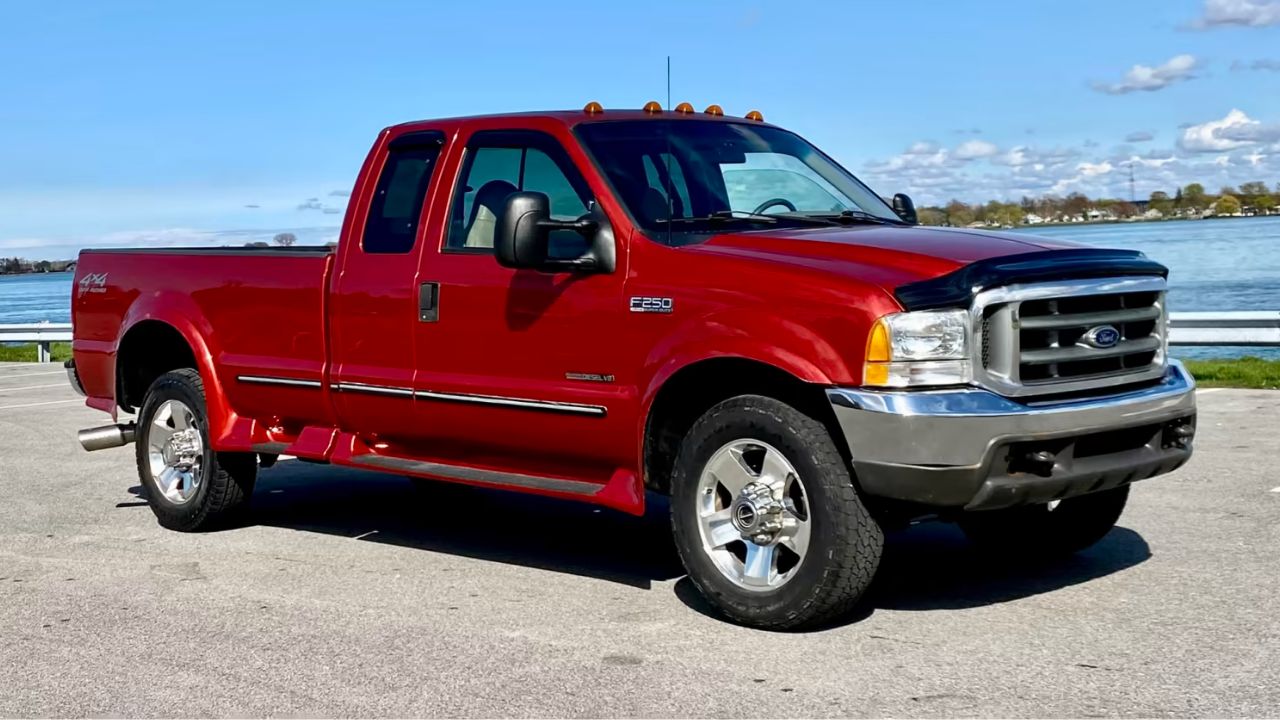
The 1999 Super Duty line was a major move for Ford—separating heavy-duty pickups from the half-ton F-150. The F-250 came with serious options, like the 7.3-liter Power Stroke diesel that made 235 hp and 500 lb-ft of torque. It was a towing and hauling machine.
The cabin was basic in lower trims but surprisingly accommodating in Lariats and XLTs. Extended and crew cab models gave work crews—or families—more space. These trucks were built to work, but they weren’t punishing to live with, especially if you needed heavy payload capacity.
8. 2004 Ford F-150
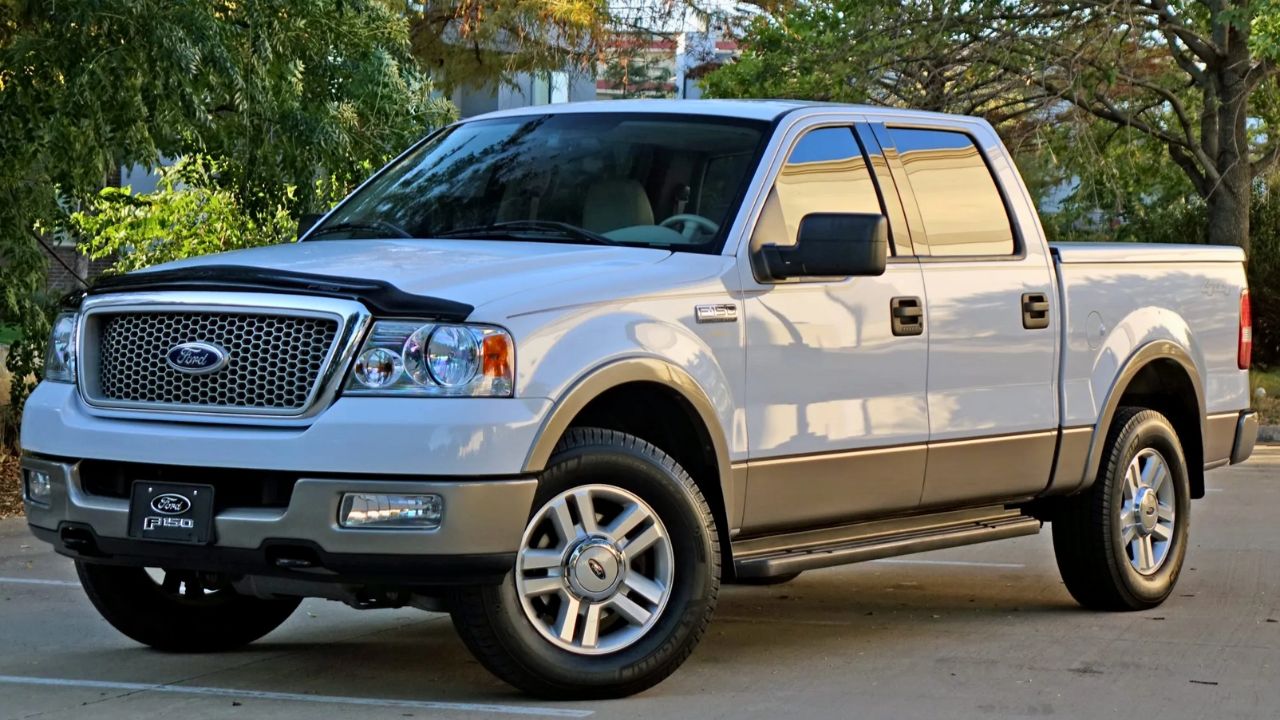
The 2004 F-150 was a clean-sheet redesign that added frame strength, coil-over front suspension, and more cabin refinement. The 5.4-liter Triton V8 made 300 hp and gave the truck solid towing and acceleration for the time. It felt more like an SUV inside than ever before.
Ford leaned into creature comforts here—touch controls, nicer materials, and a quieter ride. This generation helped cement the F-150 as a full-line vehicle, appealing to both contractors and commuters alike. Sales numbers followed, making it one of the best-selling trucks of its era.
9. 2015 Ford F-150 (Aluminum Body)
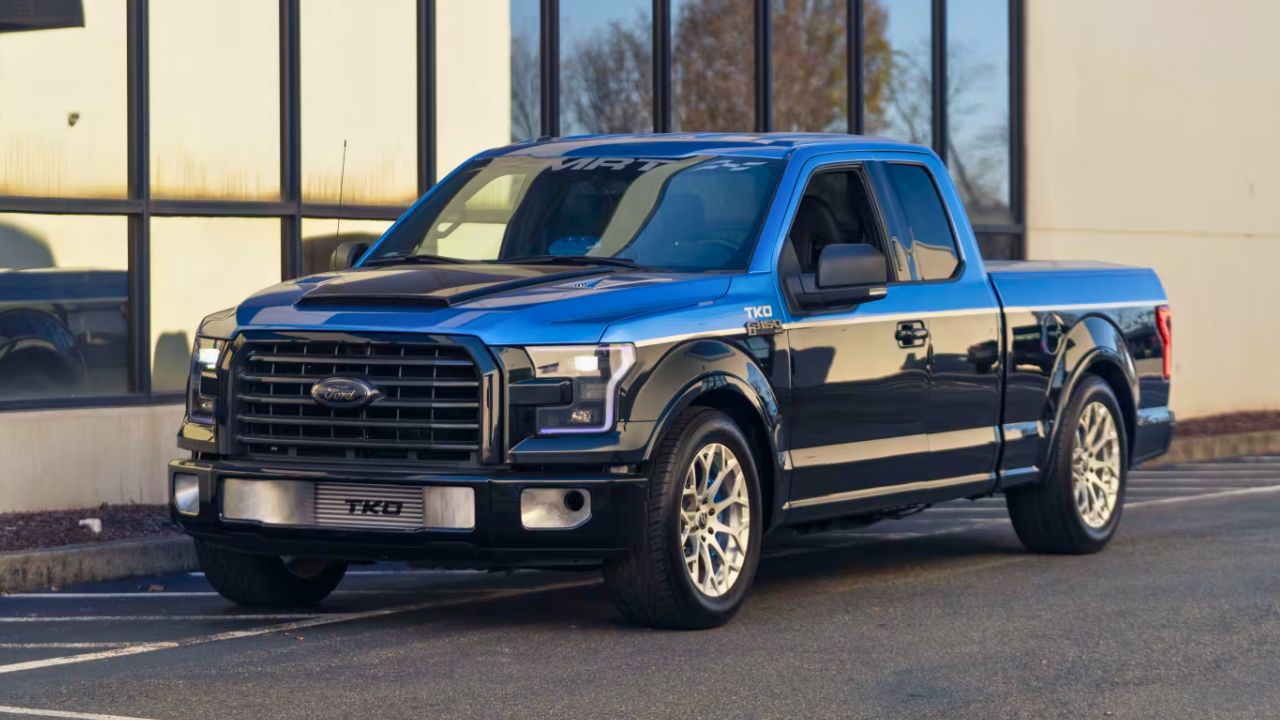
When Ford switched to an aluminum body in 2015, it raised eyebrows. But the result was a truck that shed over 700 pounds without giving up capability. Paired with an available 3.5-liter EcoBoost V6, it offered 365 hp and up to 12,200 lbs of towing.
The interior had fully shifted toward SUV-level comfort—touchscreen infotainment, leather trim, and advanced driver aids. Despite the materials change, the frame stayed steel. This truck showed that lightweight construction didn’t mean weak performance, and Ford bet right.
10. 2023 Ford F-150 Raptor R
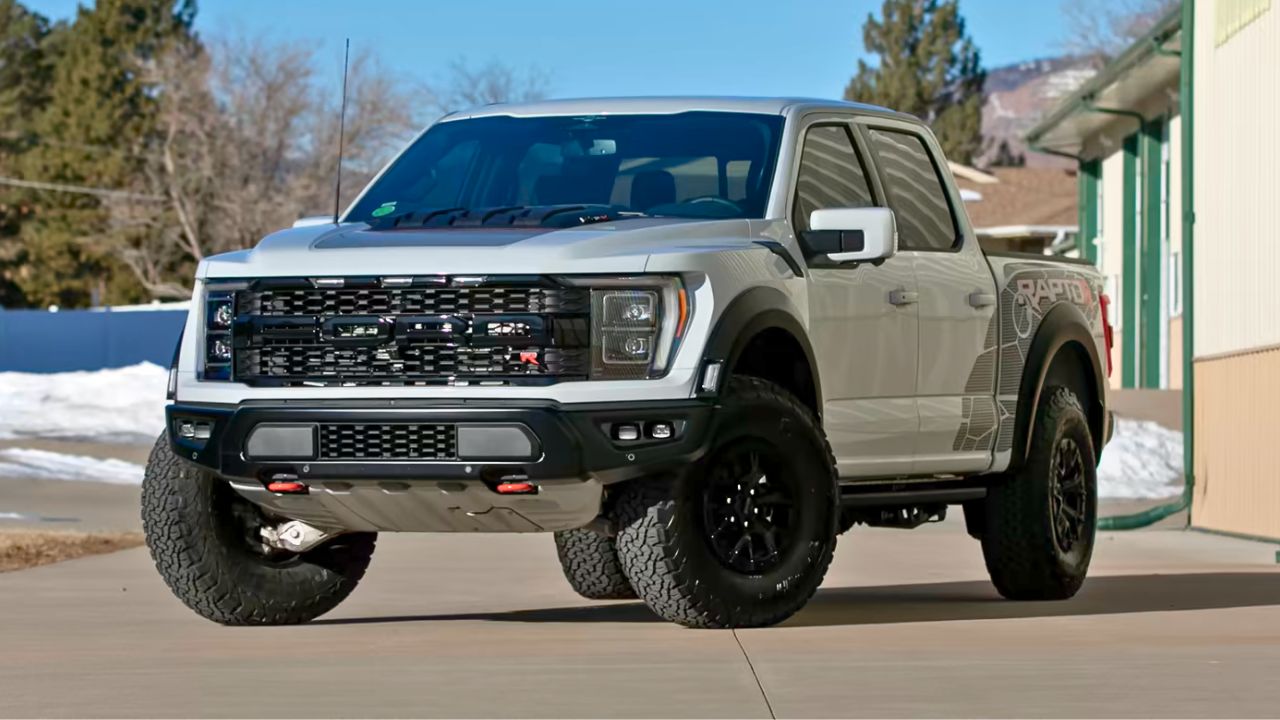
The 2023 Raptor R brought back V8 muscle with a 5.2-liter supercharged engine pulled from the GT500, making 700 hp and 640 lb-ft of torque. It’s absurdly fast for a truck and surprisingly planted off-road thanks to upgraded Fox shocks and 37-inch tires.
Inside, it’s everything a modern luxury truck should be—leather seats, digital screens, and adjustable drive modes for everything from Baja runs to daily traffic. It’s not cheap, but it’s the kind of truck that shows how far the F-Series has come—from farm tool to high-speed desert machine.
Like Fast Lane Only’s content? Be sure to follow us.
Here’s more from us:
*Created with AI assistance and editor review.


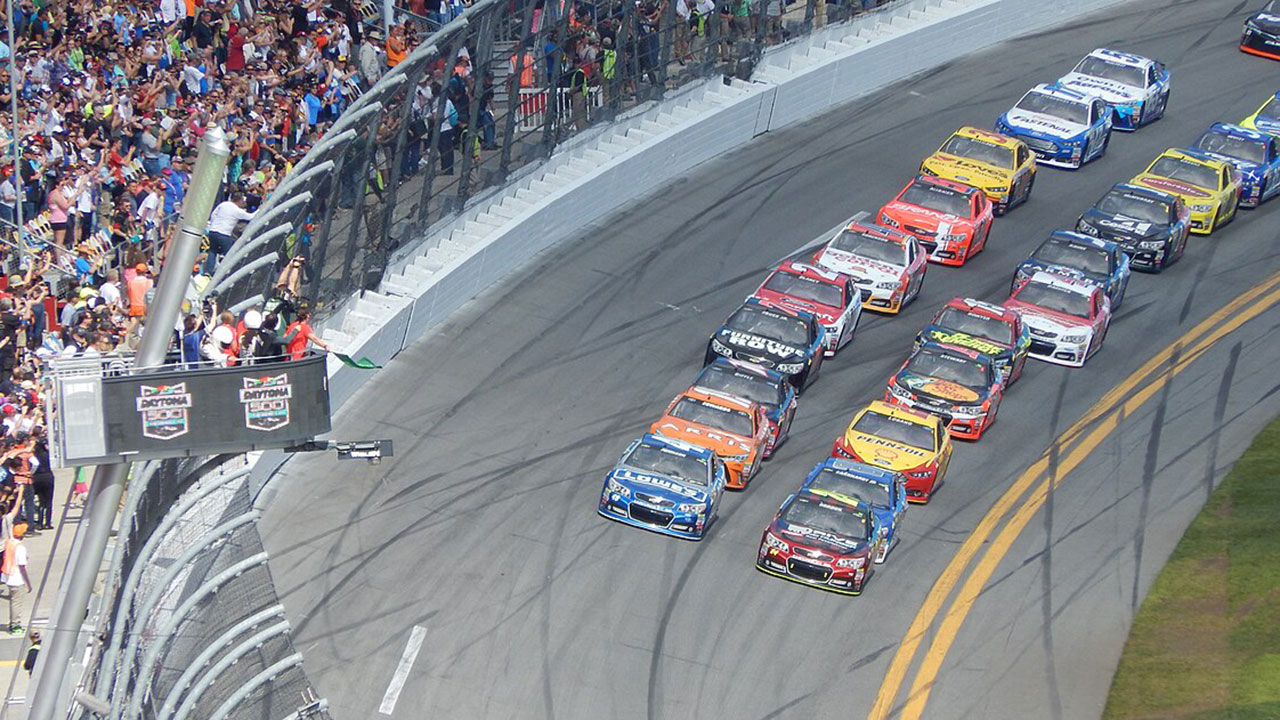


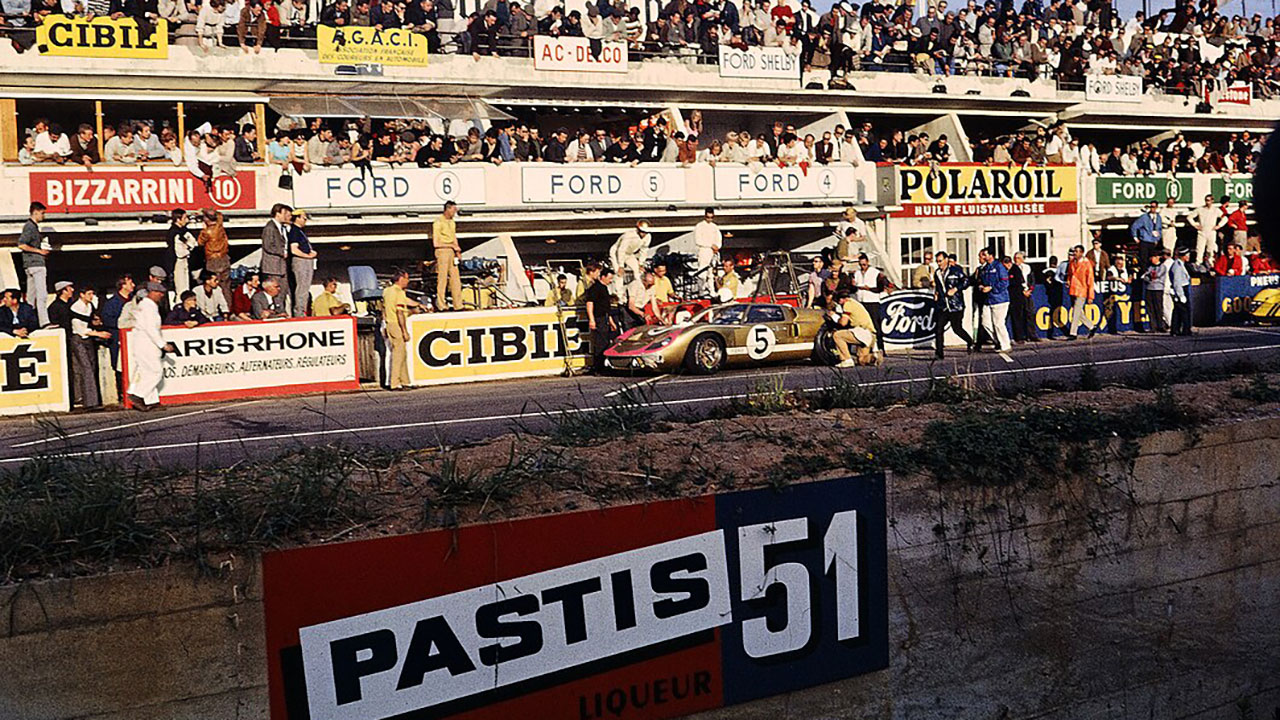
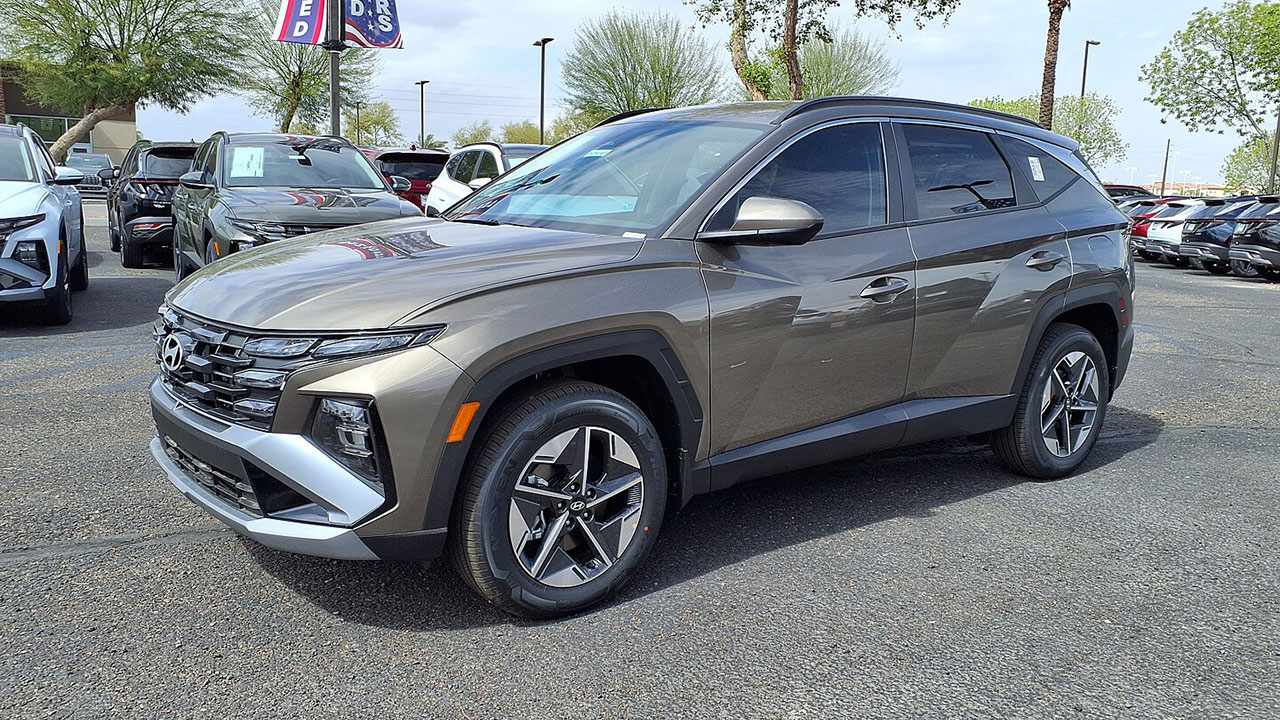
Leave a Reply